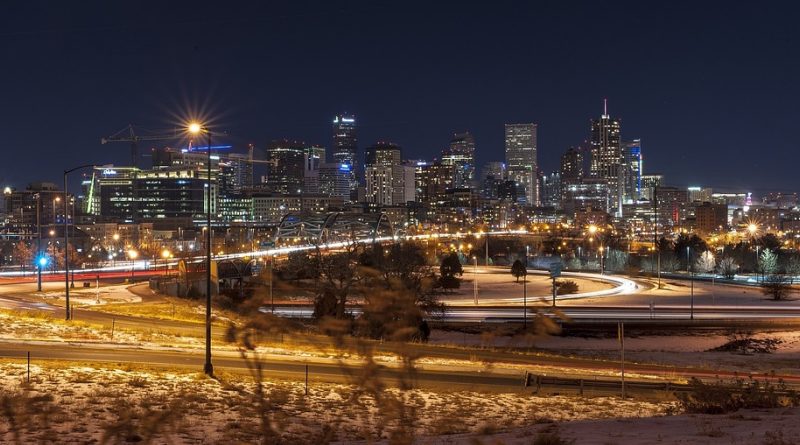
Thank you for visiting our Colorado Relocation Guide. Inside you will find city information, schools, housing, jobs and much more to help you plan a confident move.
State Quick View
(US Avg = 100)
A snapshot of life in Colorado.
Welcome to the Colorado Relocation Guide — your starting point for discovering life in one of America’s most scenic and dynamic states. Inside, you’ll find detailed relocation information for dozens of Colorado cities and towns, from mountain communities like Aspen and Telluride to thriving metro hubs such as Denver, Colorado Springs, and Boulder.
About Colorado
Colorado spans 104,100 square miles and is home to more than 5.8 million residents in 2025. Known as the “Centennial State”, Colorado joined the Union on August 1, 1876. Its state flower is the Rocky Mountain Columbine, and the nickname “Colorful Colorado” reflects the state’s striking mix of snowcapped peaks, high-plains prairies, alpine valleys, and red-rock canyons.
Major Cities & Population Centers
Colorado’s capital and largest city, Denver, anchors the Front Range metropolitan corridor, home to nearly half the state’s residents. Other key population centers include:
- Colorado Springs (~490,000) — military, aerospace, and outdoor recreation hub
- Aurora (~395,000) — diverse, fast-growing eastern metro city
- Fort Collins (~175,000) — university town with a tech-and-innovation economy
- Lakewood, Thornton, Arvada, Boulder, and Westminster — thriving communities in the Denver metro area
- Loveland, Longmont, and Greeley — Northern Colorado’s growth corridor
- Grand Junction, Pueblo, and Durango — major centers for Western Slope and Southern Colorado living
Whether you prefer the energy of Denver’s urban scene or the charm of a high-country town like Vail or Woodland Park, Colorado offers lifestyles for every preference.
Economy & Industry
Colorado’s economy is among the nation’s strongest, balancing agriculture, energy, technology, and tourism.
- Agriculture: Cattle, wheat, corn, hay, and specialty crops across the eastern plains
- Industry & Technology: Aerospace, renewable energy, bioscience, advanced manufacturing, and software
- Tourism & Outdoor Recreation: Rocky Mountain National Park, world-class ski resorts, national forests, and cultural attractions
- Mining & Energy: Gold and molybdenum (select regions), plus oil & natural gas development on the Front Range and Western Slope
Geography & Climate
Colorado’s elevation ranges from roughly 3,300 feet on the eastern plains to more than 14,000 feet atop its famed “Fourteeners.” This dramatic topography shapes local weather and lifestyle.
- Eastern Plains: Semi-arid climate, hot summers, cold dry winters
- Mountain Regions: Cooler temperatures, heavy winter snow, mild summers
- Western Slope & Valleys: More desert-influenced; abundant sunshine and low humidity
Because elevation changes rapidly, weather can vary significantly over short distances — a common local saying is, “If you don’t like the weather in Colorado, wait five minutes.”
Why Move to Colorado
- 300+ days of sunshine in many areas and year-round outdoor access
- Robust job market with growing tech, aerospace, healthcare, and energy sectors
- Healthy, active communities and top-ranked universities
- Diverse lifestyles: urban neighborhoods, suburban master-planned communities, and quiet mountain towns
From Denver’s booming tech scene to peaceful alpine communities, moving to Colorado means embracing a lifestyle that balances progress, adventure, and natural beauty.
Learn More
For additional background on Colorado’s history, geography, and economy, visit the
Colorado Wikipedia page.

